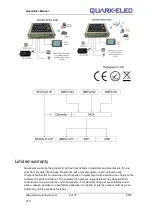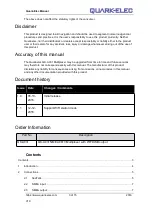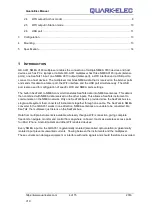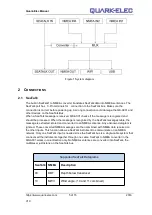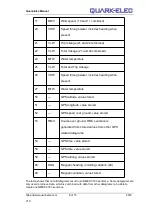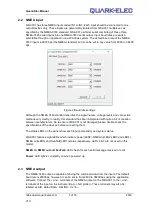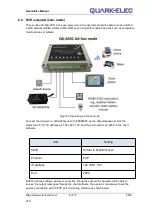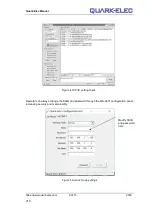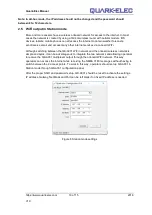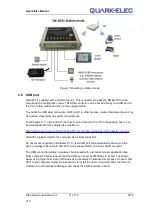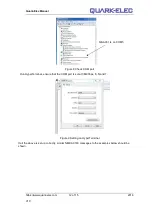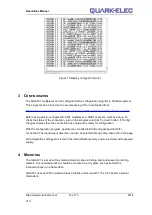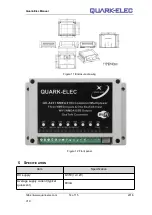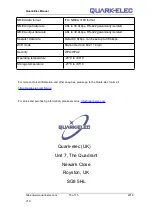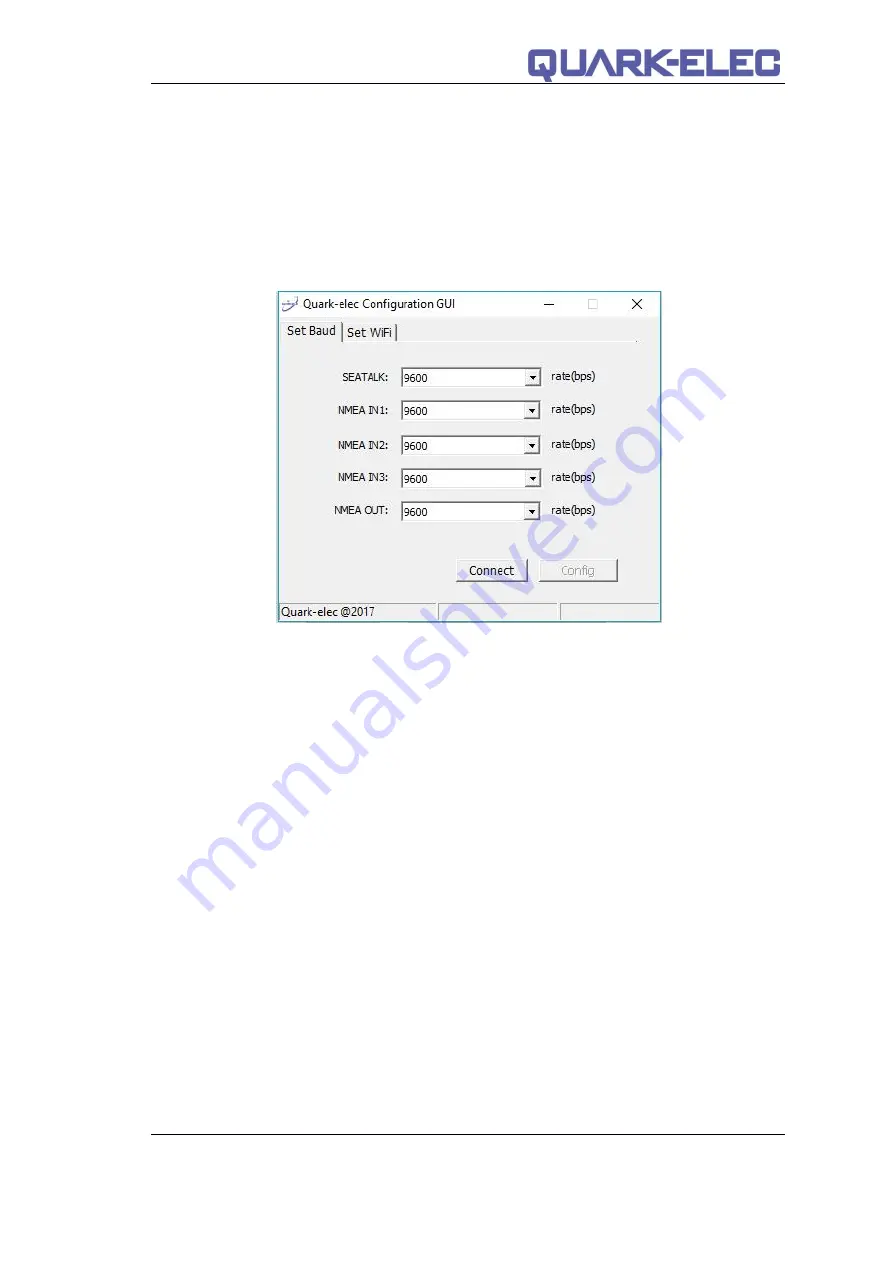
Quark-Elec Manual
https://www.quark-elec.com
7 of 15
2016
V1.0
2.2 NMEA input
QK-A031 has three NMEA inputs called IN1 to IN3. Each input should be connected to one
output devices only. These inputs are galvanically isolated from QK-A031 multiplexer, as
specified by the NMEA 0183 standard. QK-A031 performs serial combining of these three
NMEA-0183 serial inputs into one NMEA-0183 serial output. Input baud rates are switch
selectable through an application on a Windows system. The default baud rate of the NMEA
0183 inputs is 4800 bps (the NMEA standard) but it can be set to any value from 4800 to 38400
bps.
Figure 2 Baud rate settings
Although the NMEA 0183 standard specifies the signal names, voltage levels and connection
methods very clearly, in reality, this standard has been interpreted with quite a bit of variation
between manufacturers. So to ensure QK-A031 is not damaged please double-check the
specifications of the devices before connecting them.
The status LEDs on the panel show each input port activity and system status.
QK-A031 features eight LEDs which indicate power(LED8), NMEA In(LED2,LED3,and LED4),
NMEA out(LED5) and SeaTalk(LED1) status respectively. LEDs 6 & 7 are not used on this
model.
NMEA In, NMEA out and SeaTalk:
LEDs flash for each valid message received or sent.
Power:
LED light is constantly on when powered up.
2.3 NMEA output
The NMEA 0183 output is capable of driving the combined data from the inputs. The default
baud rate is 4800bps, however it can be set to from 4800 to 38400bps using the application
software. Connect the + and - terminals of the NMEA output on the QK-A031 to the + and -
terminals of the input on the instrument(e.g., chart plotter). These terminals may also be
labeled as A/B, Data+/Data-, RX+/RX-, In+/In–.


